
Greetings P(r)icksters!
Really in a weird space this week. We should be gearing up for 6 big crazy nights for the coming Memorial Day weekend. But we are still shuttered here in Chicago.
For the past 40 years, the International Mr Leather Contest took over our Memorial Day weekend bringing 1,000s of visitors to town. Which made us very busy at Touché with parties night after night and several afternoon functions, too.
We would begin with a welcome party on the Wednesday before the weekend as all the IML contestants, most vendors and others arrived early to prepare for the weekend. Then it was Thursday, Friday, Saturday and Sunday nights going strong. By Memorial Day many would be departing Chicago, but we still had great crowds that afternoon for our big cookout and even into the night on Memorial Day.
I will miss many friends this year, the guys from Off Ramp Leathers, friends from other bars that have contestants at IML and many others won’t be visiting Chicago this week. For the first time in years, I’ll have Memorial Day off.
In the beginning IML was not this weekend. The first couple of years it was held over Mother's Day Weekend. IML began as a bar event. Chuck Renslow, owner of the Gold Coast, came up with the idea of a Mister contest for Leathermen.
Back in the mid 1970s before IML started, Chicago bars hosted Mister contests as a way to attract a crowd. The old Gay Chicago Magazine helped develop this promotion of Mister contests by hosting the Mr Windy City Contest each spring. During the winter months, various bars would host a contest to select their Mr, who would then go on to compete for the title of Mr Windy City. During my tenure as manager of the old Carol’s Speakeasy in the 80’s (that was next door to the Bijou Theater), I had 2 Mr Carol’s that won the Mr Windy City title.
Seeing the success of this program, Renslow took that idea and morphed it into a leather titleholder contest. Since you only had 3 or 4 leather bars in Chicago, he made it an international competition to allow for more contestants.
In 1979, Touché was also part of Chicago’s leather bar scene, so Chuck Renslow approached Chuck Rodocker, owner of Touché, to team up and sponsor the contest. Basically the contest was held on one night with bar parties at both places Friday, Saturday and Sunday. Back then, Touché only had a 2 am license while the Gold Coast had a 4 am license. Things started at one bar and then continued at the other.
Being 1979, gay events out in public were still rare; not many places were comfortable having a bunch of queers in their place of business, it would scare off the straights. So there was no host hotel, no big dances in ballrooms, no big display of leather gear and sex toys in convention halls. The early weekend was basically cocktail parties at the bars and fuck parties at the baths (Chuck Renslow also owned Man’s Country).
But as a big advocate of his hometown, my boss Chuck Rodocker (no opportunity to shorten reference to either man, they were both Chuck R, both owners of a leather bar, people still get confused between the two of them) had the staff of Touché host some daytime excursions to add to the weekend activities. We did bus tours around town (have you ever tried to mix drinks on a moving vehicle?).
The logic back then was that Touché closed at 2 am (3 am on Saturday) while the Gold Coast was open till 4 or 5 am. The Touché staff had time for more rest to get back out and going early the next day. The problem with this was that while we may have closed earlier, that didn’t mean we would not wind up at the Gold Coast to enjoy the party there and end up closing that bar, too.
So hungover or still up after fucking some of the visiting leathermen, we would be out there herding folks onto a bus or serving up bloody marys while a local leather club or group of clubs prepared a breakfast buffet of some kind. It was a more intimate weekend than it has become.
As I stated, IML was first held on Mother's Day weekend. Again, you have to visualize Chicago in 1979. White flight had left the city pretty vacant around what we call River North today. The Gold Coast and many other gay bars were in the area, the rest old warehouses, business places that were deserted nights and weekends.
Except...... across the street from the Gold Coast was a renowned restaurant, Gordan’s, that hosted a big Mother's Day brunch every year. Folks would line up outside for the opportunity to treat dear old Mom to a nice brunch. And there we’d be in full leather gear piling guys onto buses, drinks in hand. It was quite a show and I loved being part of it.
And once the IML weekend was over, we still had Memorial Day weekend to kick off summer, just not as crazy as it has been these past few years. I’m going to have to figure out what to do with a long weekend of nothing. Kind of hard, as we have already gone over two months without something, anything. Just hoping I don’t get too comfortable with this, hope to be “back in the saddle” again next May.
So while I ponder my Memorial Day weekend plans, grab my P(r)ick this week with a nod to the men in uniforms - soldiers, sailors and marines - and wave your flags.
My first P(r)ick is A Few Good Men directed by Steve Scott. Released in 1983, this is definitely one of the best grunts fuck films of all time. The Philadelphia Gay News raved about the film on its release, "this gay sex film wins the prize for best treatment of two common gay porn themes: the repressed sexuality of an all-male military setting [including authentic costumes and underwear] and the thin line between fantasy and reality. Scott's style is at its most poetic, in both image and sound."
For a second helping check out Seamen directed by Matt Sterling for Brentwood Studios. Its four pre-condom episodes play with the theme of sailors on leave. There's a good deal of spanking, armpit and foot licking and hearty oral and anal sex. The actors' eager performances ought to get you drop-dead horny.
Before I go this week, I do want to assure you that I do get your comments about my writings for Bijou Video, even if it makes you feel some guy from a porn site is smarter than you. I’m not that smart, just curious to learn more. Thanks for the many compliments, responses to my thoughts and letting me know that you enjoy reading these blogs. I get a kick out of writing them and hearing what you have to say..
Enjoy your Memorial Day weekend and stay safe, my friends.
David
To order from Bijou, visit bijouworld.com, call 800-932-7111, or email bijou.orders@gmail.com
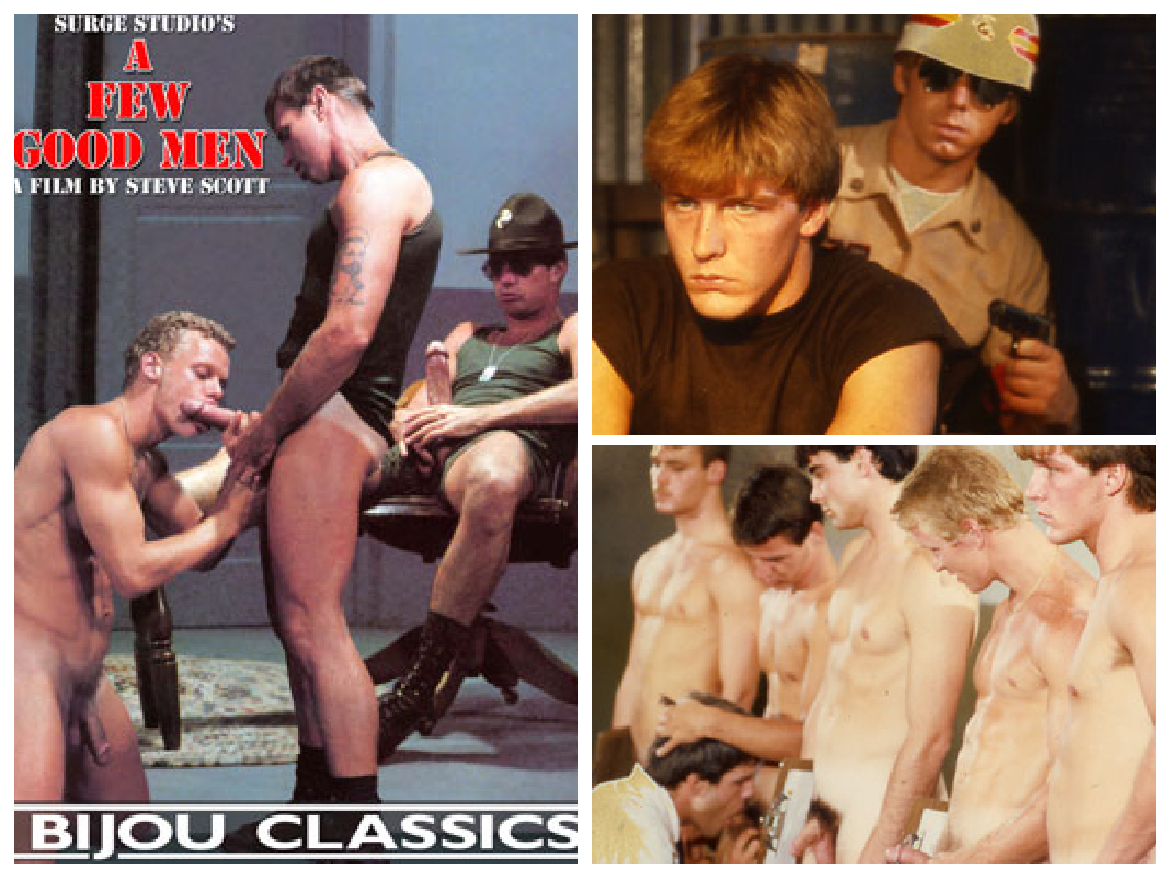
A Few Good Men (D00316) - On DVD and Streaming
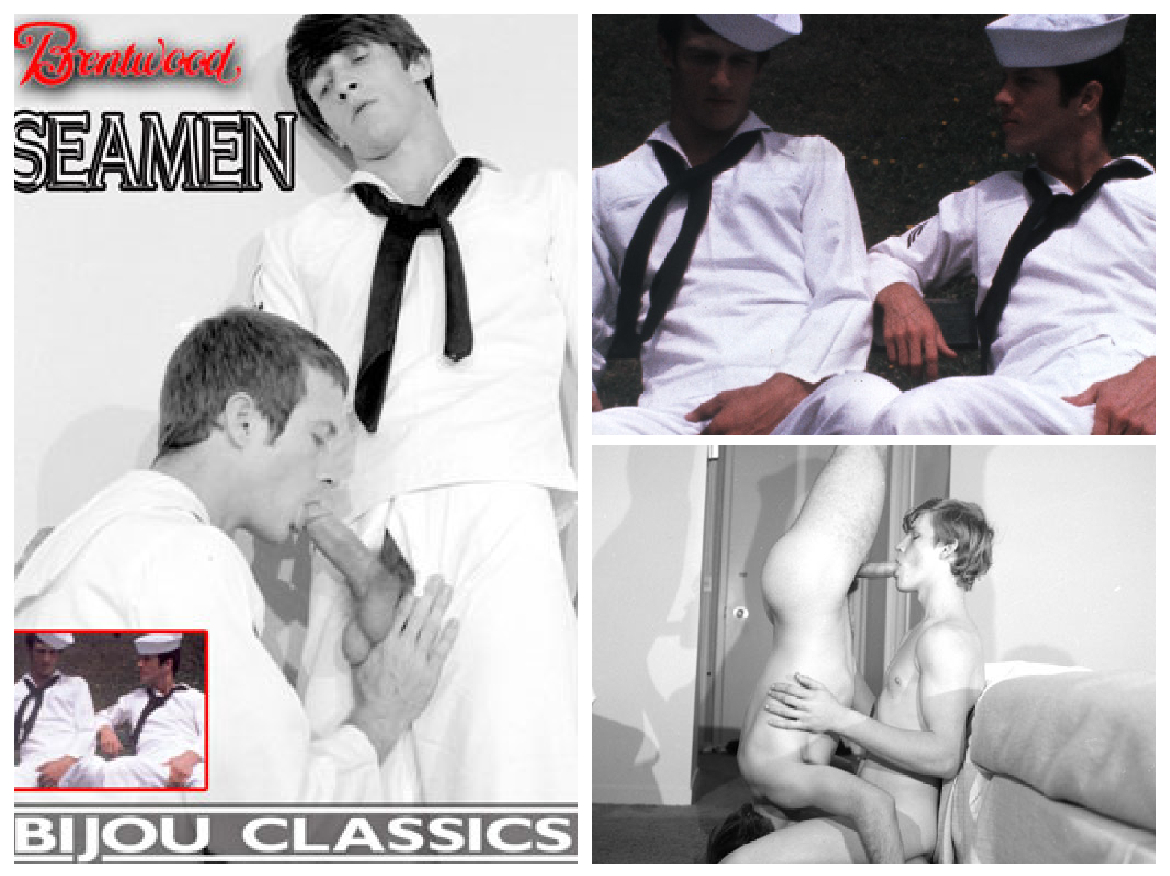
Seamen (D00228) - On DVD and Streaming



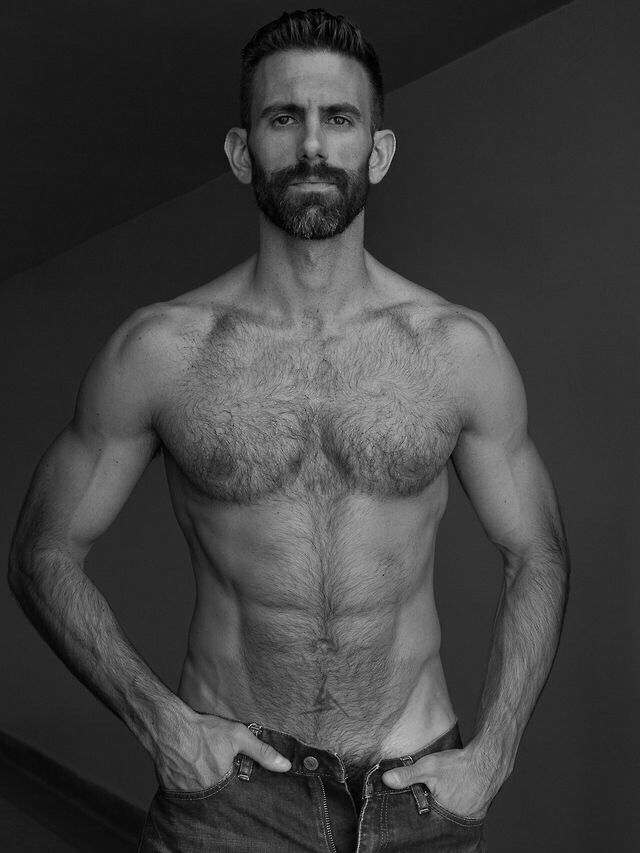
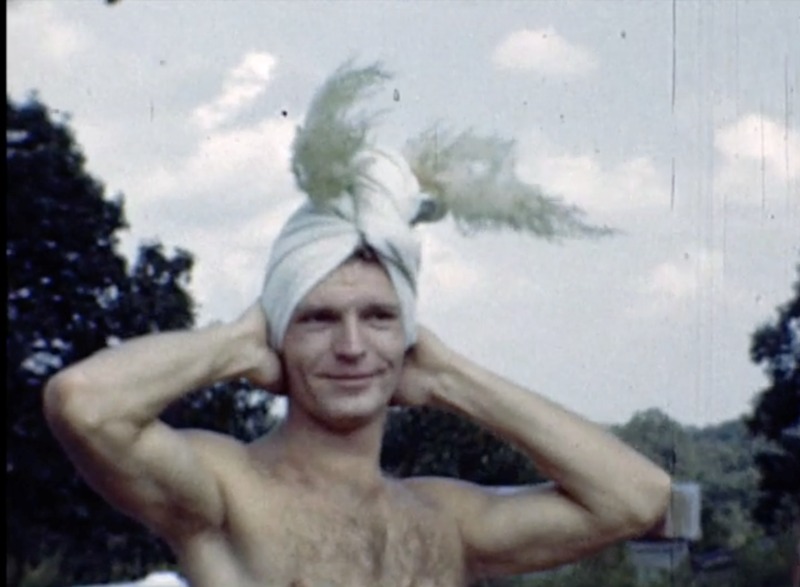

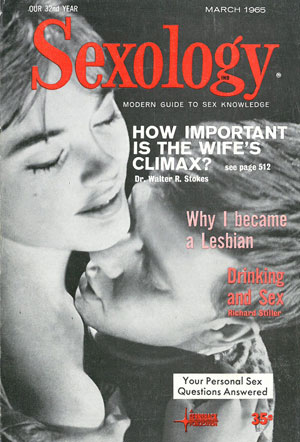

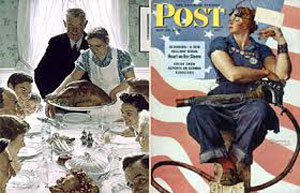
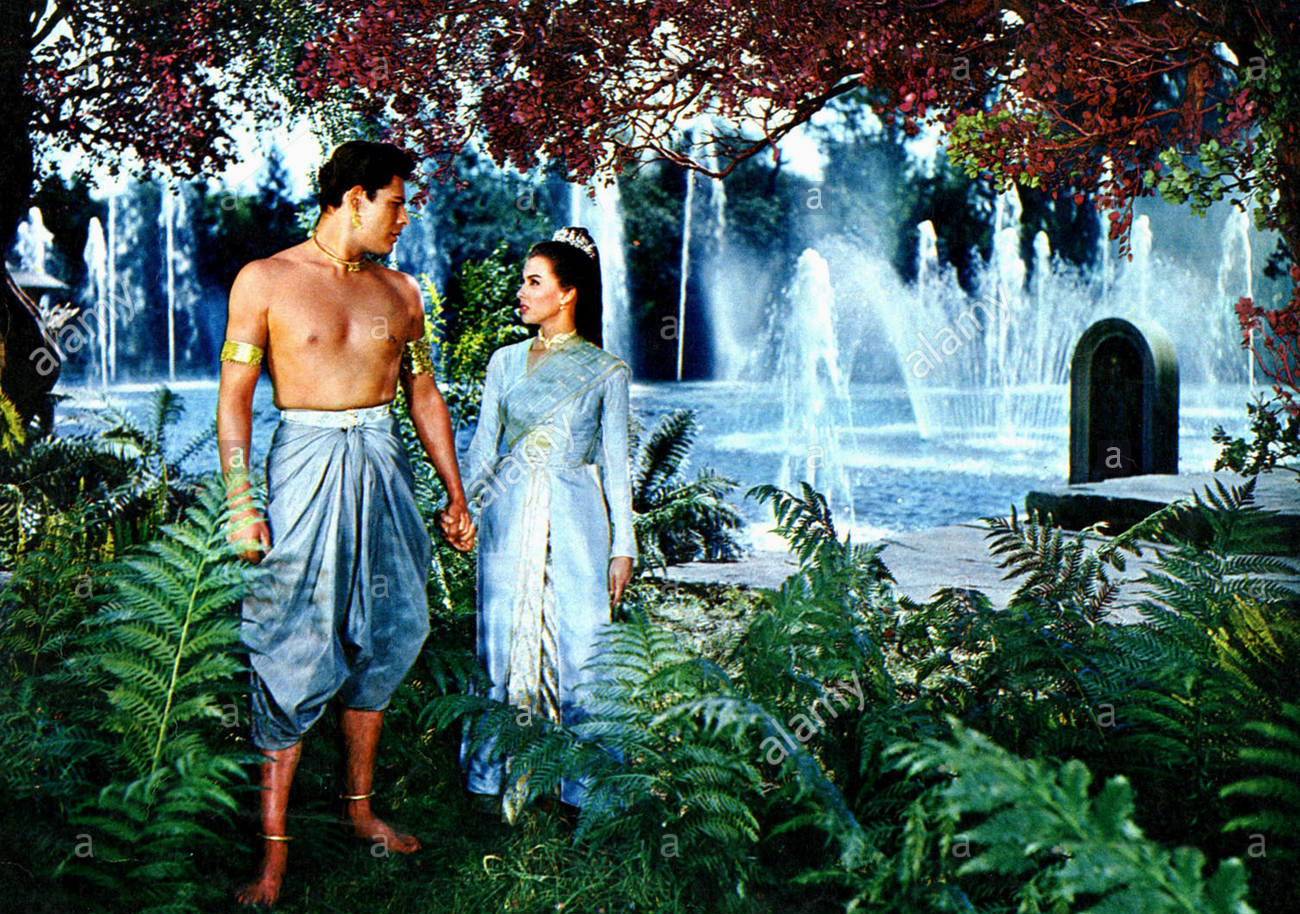
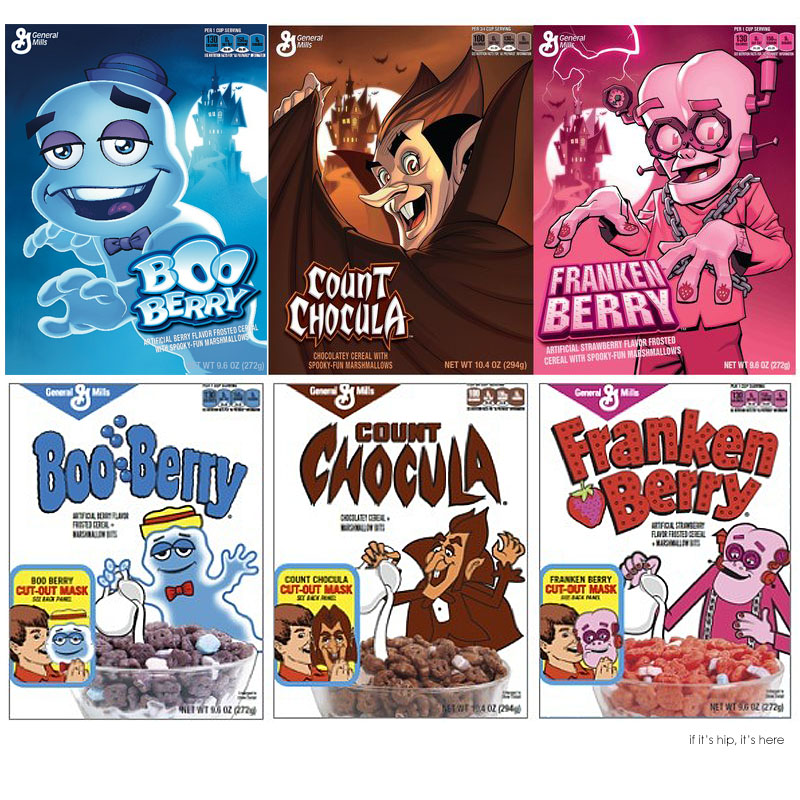


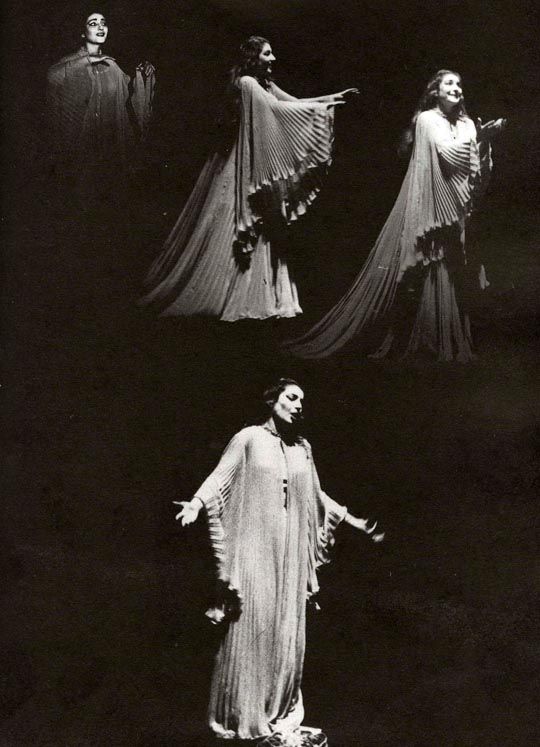
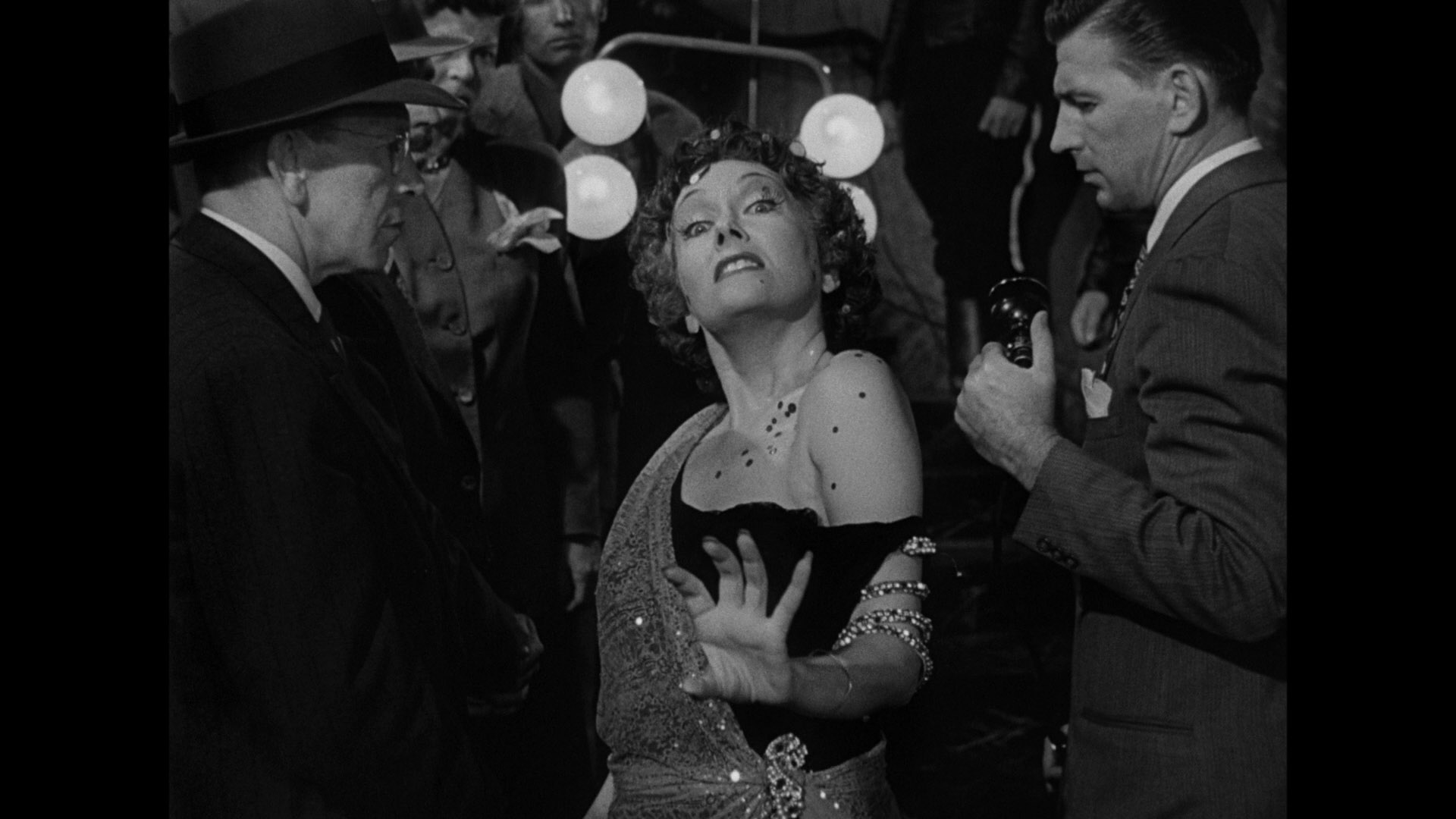
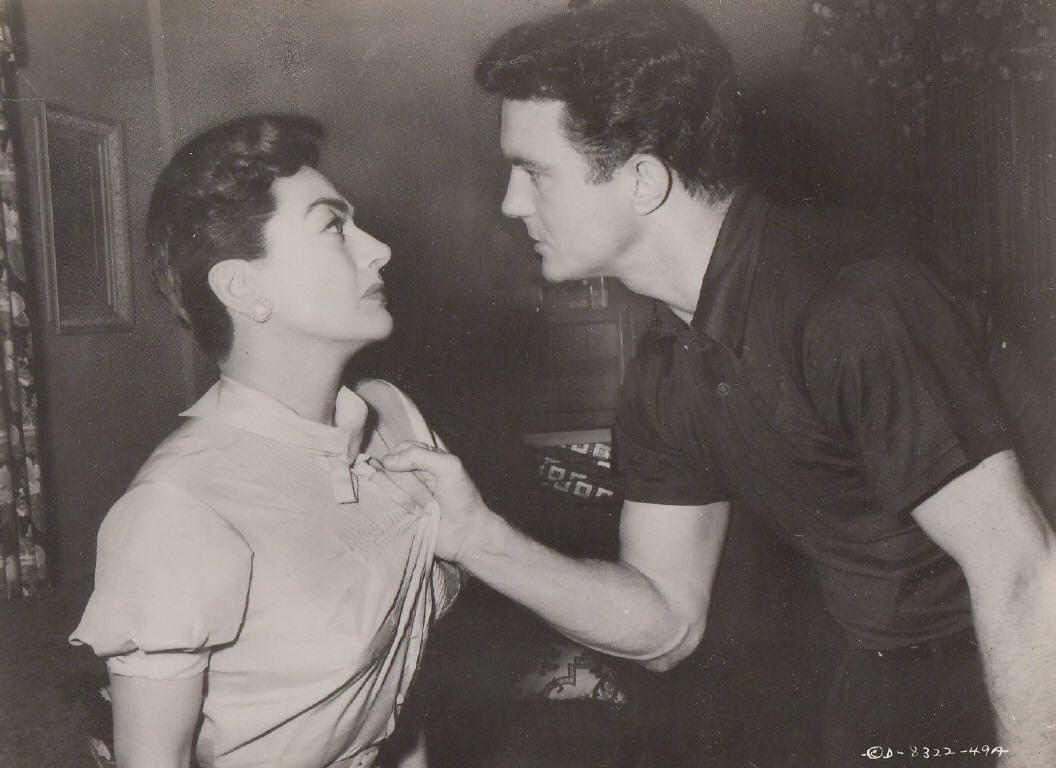
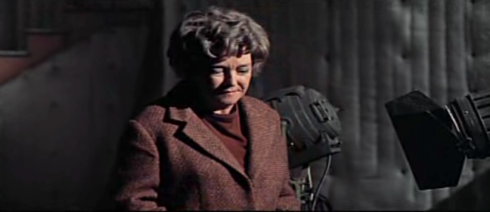
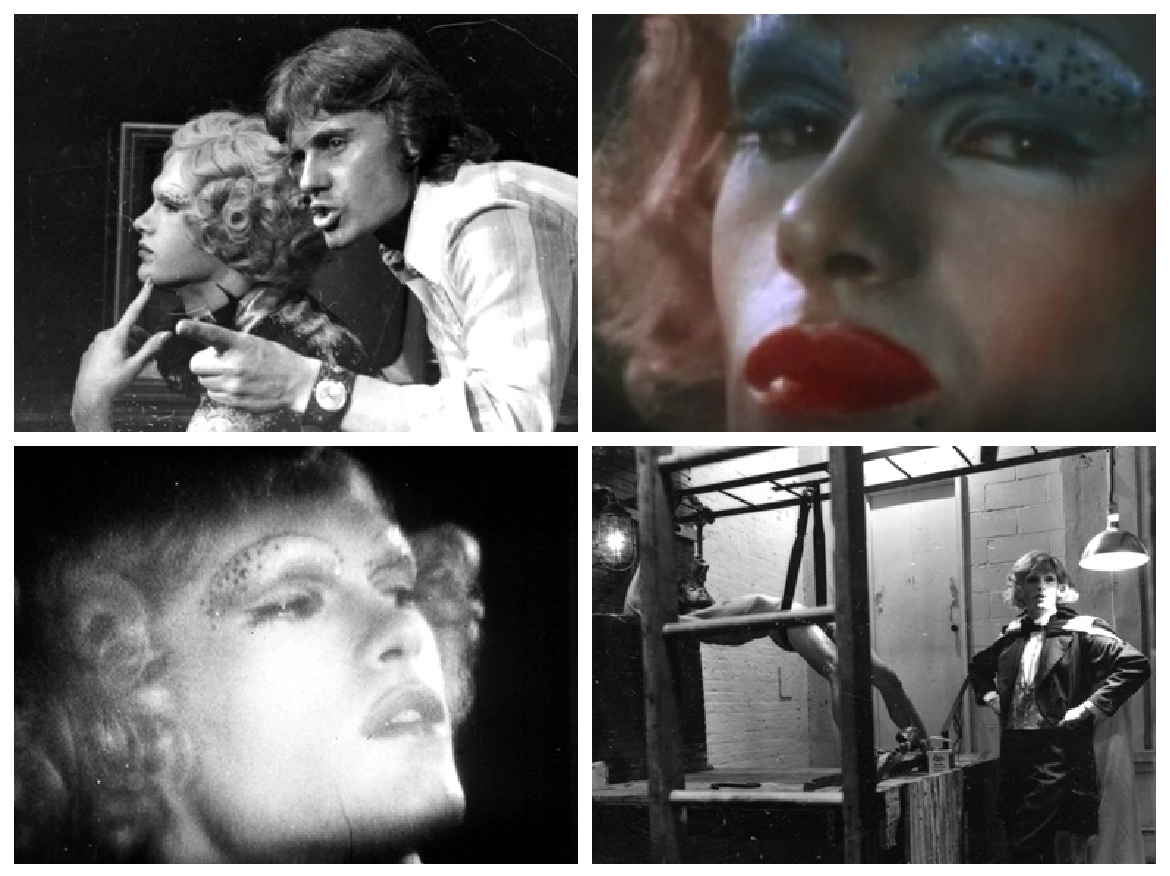
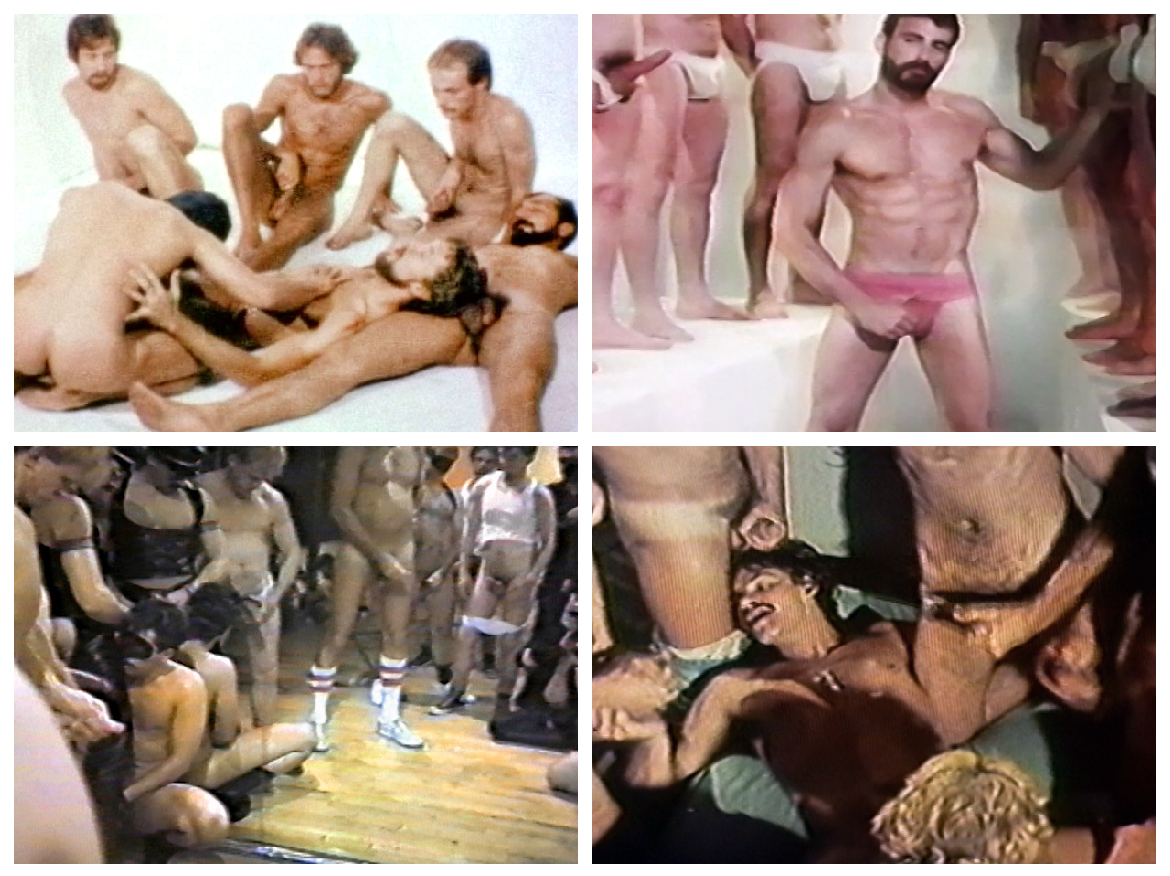



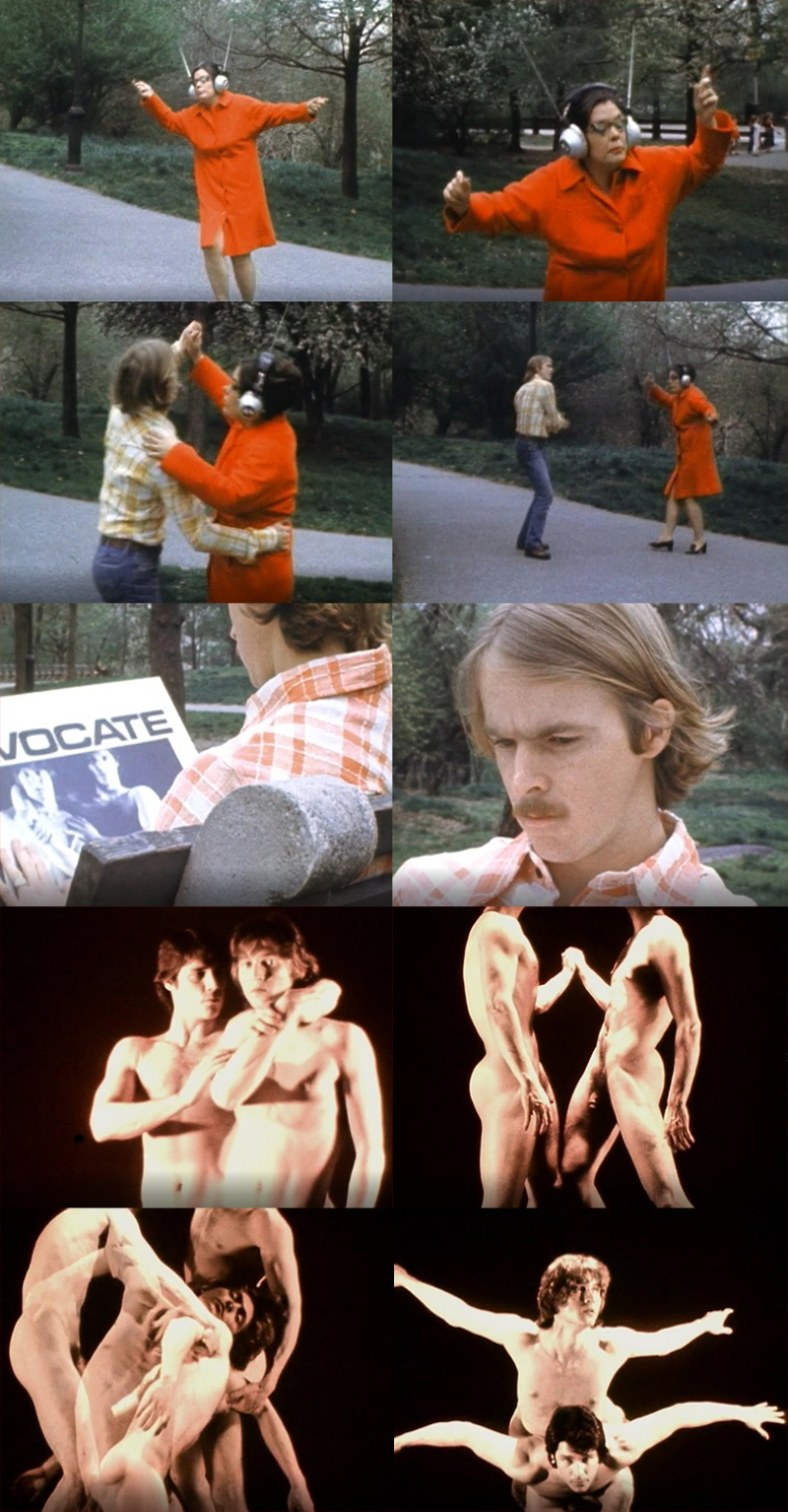
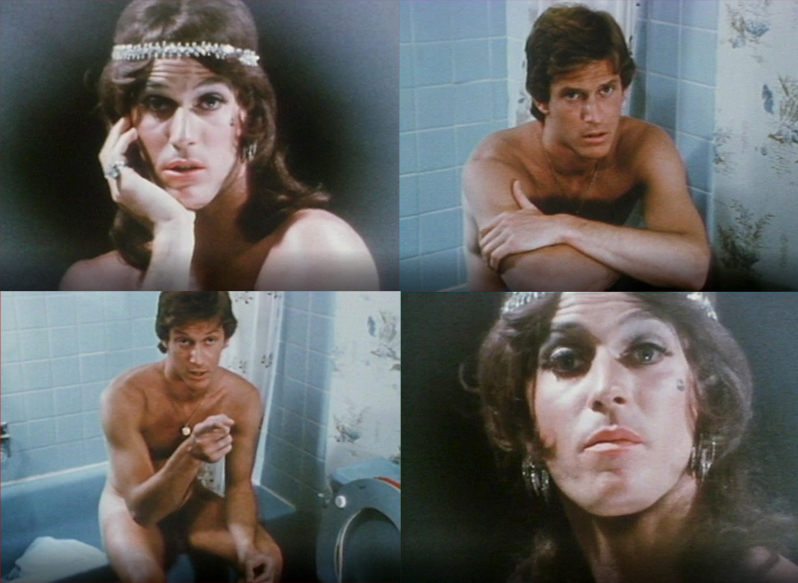
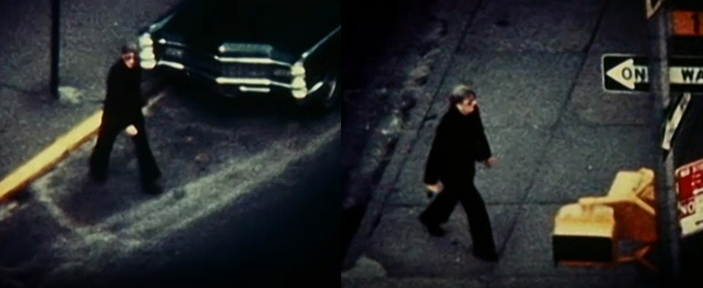
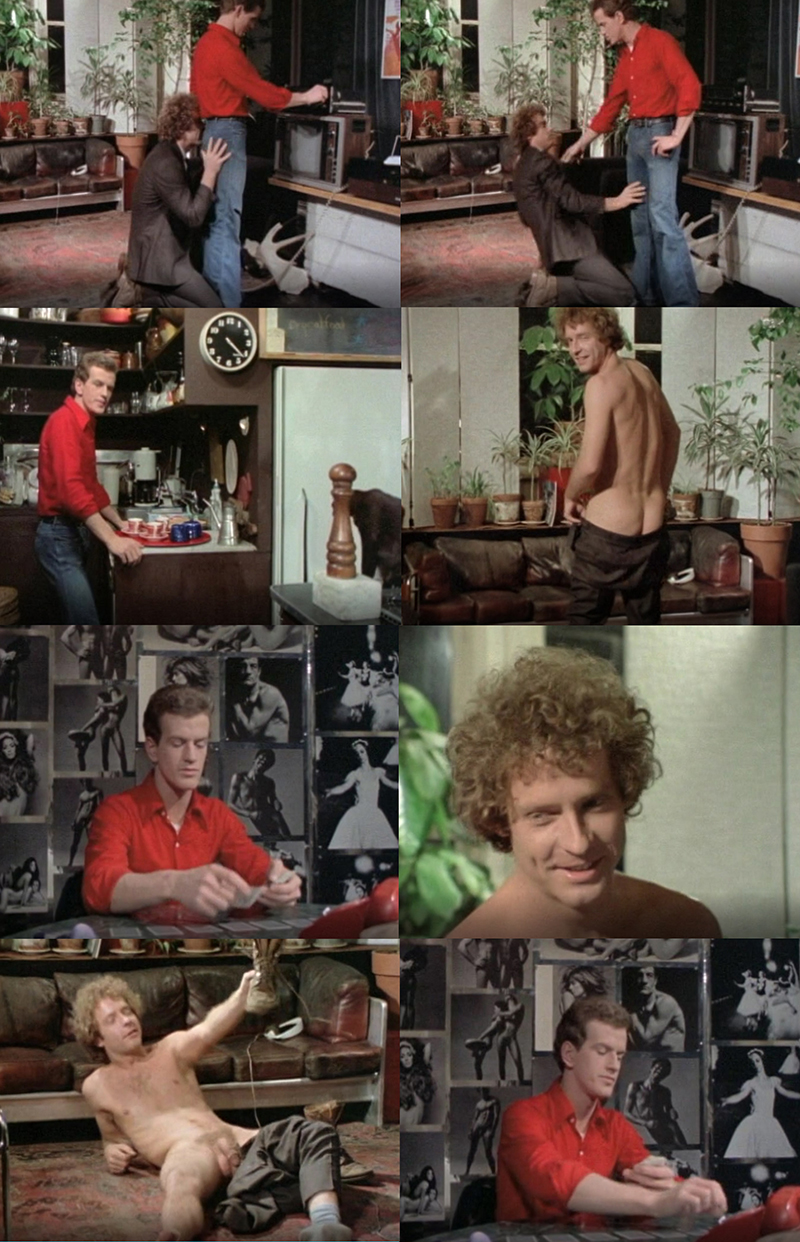
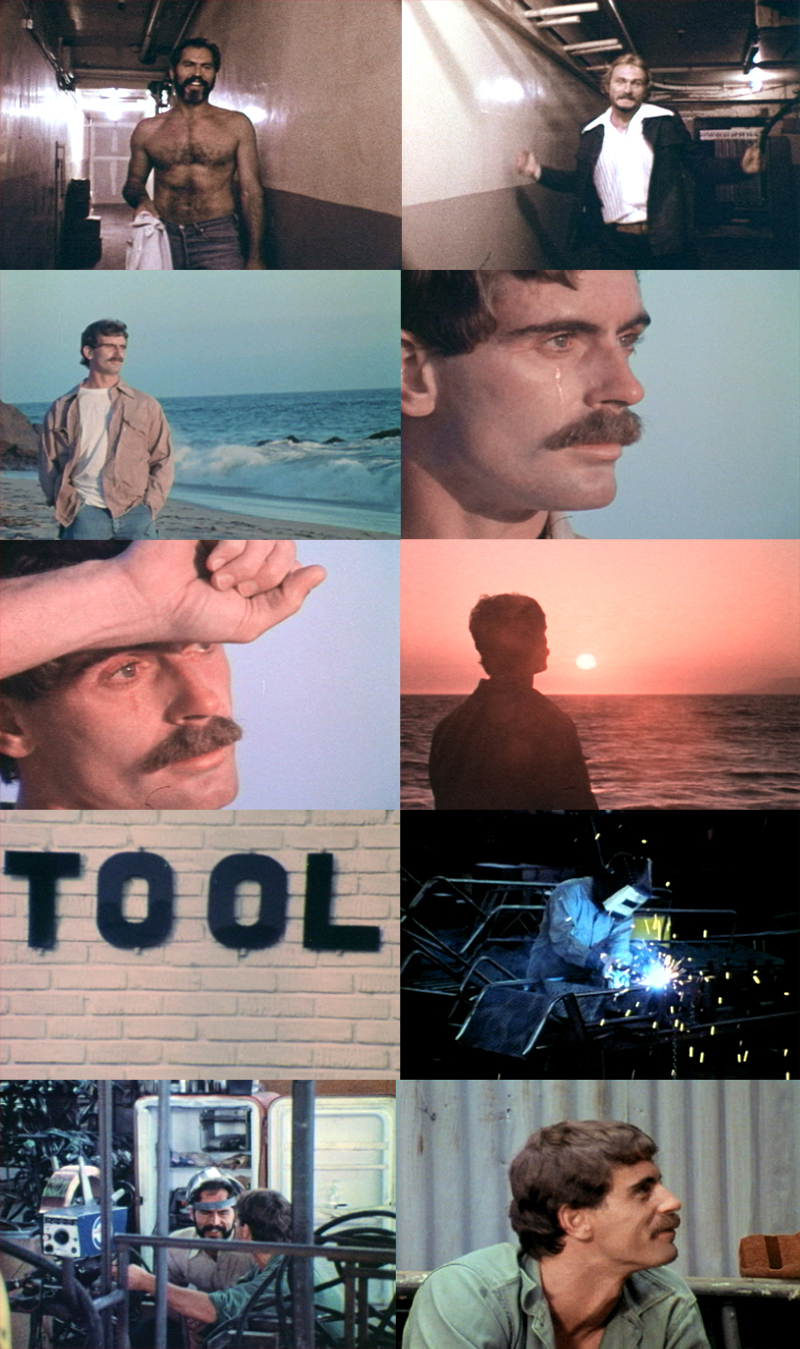
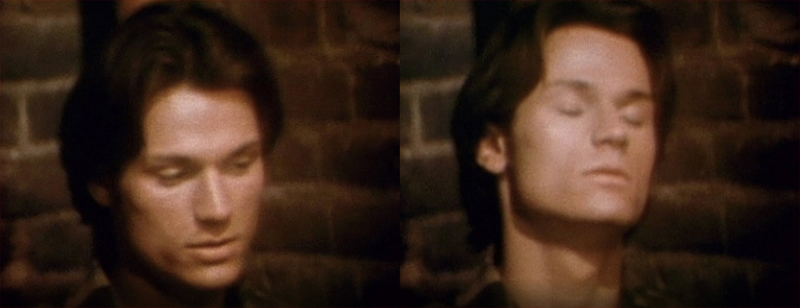
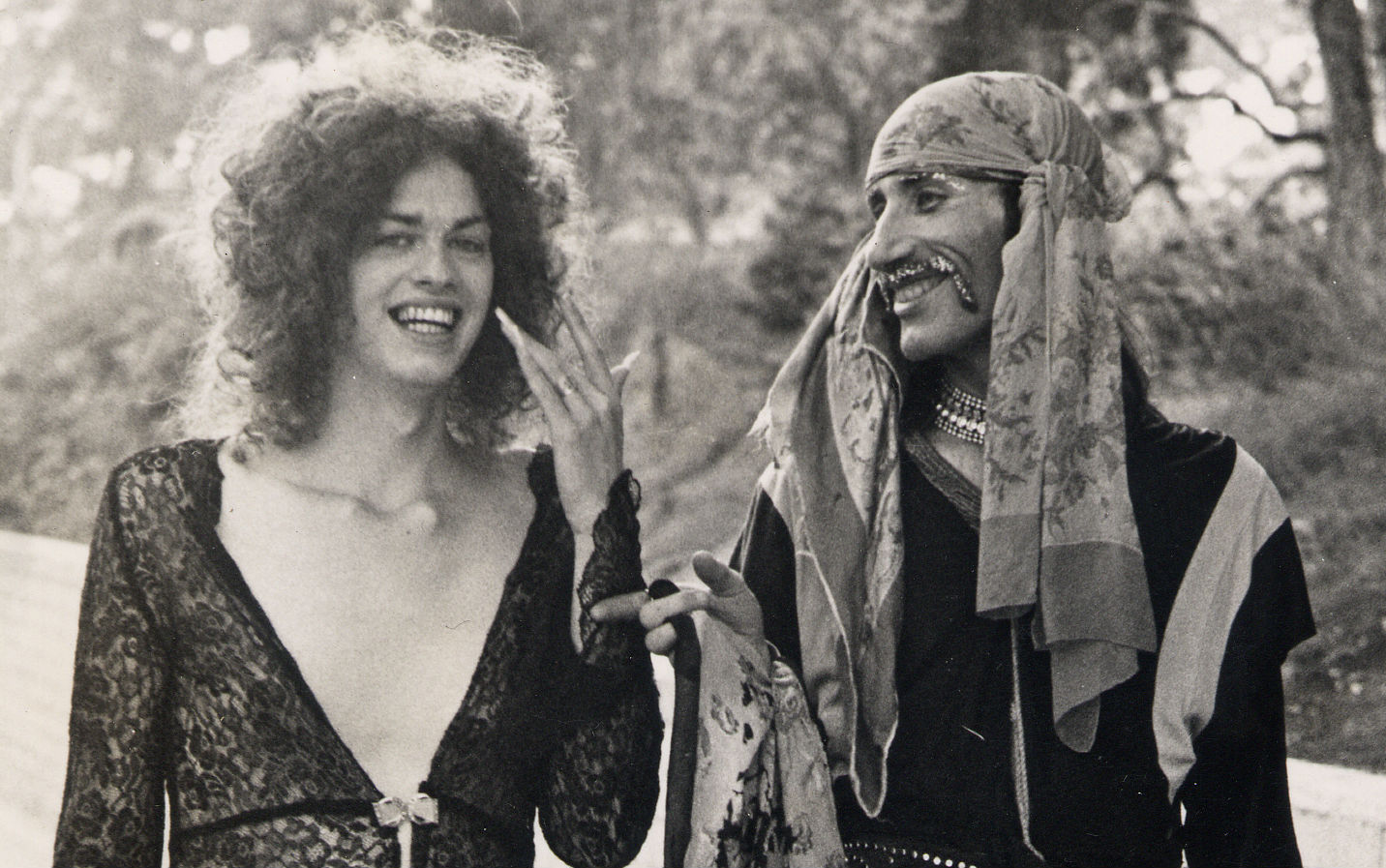

 Join our Email List
Join our Email List Like Us on Facebook
Like Us on Facebook Instagram
Instagram Youtube
Youtube Follow Us on Twitter
Follow Us on Twitter Follow us on Pinterest
Follow us on Pinterest